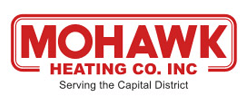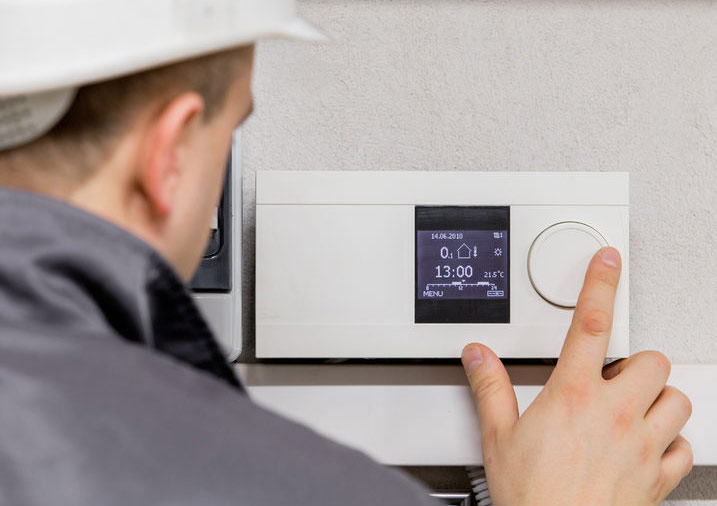Oil and gas furnaces are some of the most efficient energy sources available to heat your home on even the coldest winter days. However, like any appliance that burns combustible materials, there are potential hazards that you should be aware of, and should have your furnace regularly serviced by trained professionals.
Below are just a few of the hazards you should be aware of before the cold months begin, and your furnace begins working at it’s full capacity.
Fire Hazards
Gas furnaces and oil furnaces require a lit flame as the primary heat source. Be sure your furnace has sufficient clearance around and above it for proper ventilation and air flow. Any combustible materials such as cardboard boxes, papers, cloth, shelving, wood, etc. should no where near the furnace – a minimum of 5-6 feet away.
Be sure any cleaning solvents, oil, gas cans or other flammable materials are stored in another facility away from the furnace. The vapors from a volatile liquid are the first thing to ignite, and can cause a fire even from several feet away from an open flame.
The furnace should be placed on a raised platform of stone or concrete (not wood) in an area shielded from fans or open breezes that could extinguish the pilot flame.
Gas or Oil Line Leaks
Be sure to inspect your gas or oil lines for leaks, kinks or wear/breakage.
Fuel oil generally has a distinguishable odor, and will leave visible traces on the floor and the lines. If you see or smell any signs of a leak, contact a professional immediately. Although oil is not as volatile as natural gas, it is a combustible material and should be treated as a fire hazard if you discover a leak.
Natural gas is far more volatile, and extreme caution should be exercised if you discover a leak. Although it consists primarily methane – a tasteless, odorless and colorless non-toxic substance – it is a highly flammable fuel source. Even a small amount of gas vapor build-up can cause a catastrophic explosion.
Although it’s normally odorless, most natural gas companies add a chemical such as mercaptan, which gives it a distinguishable “rotten egg” smell that’s easier to detect. Other signs of a leak could include a hissing sound caused by the pressurized gas as it escapes, or visible damage or splits in the gas line.
A gas leak should be taken seriously – if you suspect a gas leak, evacuate the building immediately, shut off the gas at it’s external source, and contact the gas company of the suspected leak. If your home is in close proximity to other buildings, contact 911 immediately.
Carbon Monoxide Poisoning
Carbon monoxide is another odorless and tasteless gas created as a by-product of burning gas, oil, or other flammable materials. It’s most dangerous because it can’t be smelled or tasted, and the symptoms mimic the flu. A person suffering from carbon monoxide poisoning may experience dizziness, nausea, headache, weakness and fatigue. Overexposure can kill – on average there are several hundred deaths per year from non-fire, carbon monoxide related deaths.
Carbon monoxide can escape the furnace and into your home as a result of blocked or restricted exhaust, clogged filters, inadequate ventilation or cracks in the heat exchanger or other internal parts. It’s also important to make sure the front panel is properly closed and sealed when the furnace is in operation.
Regularly Service Your Furnace
Although there are some dangers associated with a gas or oil furnace, they are extremely safe and efficient when properly installed and maintained. Contact our professional team of furnace experts for a complete inspection and service of your furnace, fuel lines and exhaust to keep your family safe and warm this winter!



